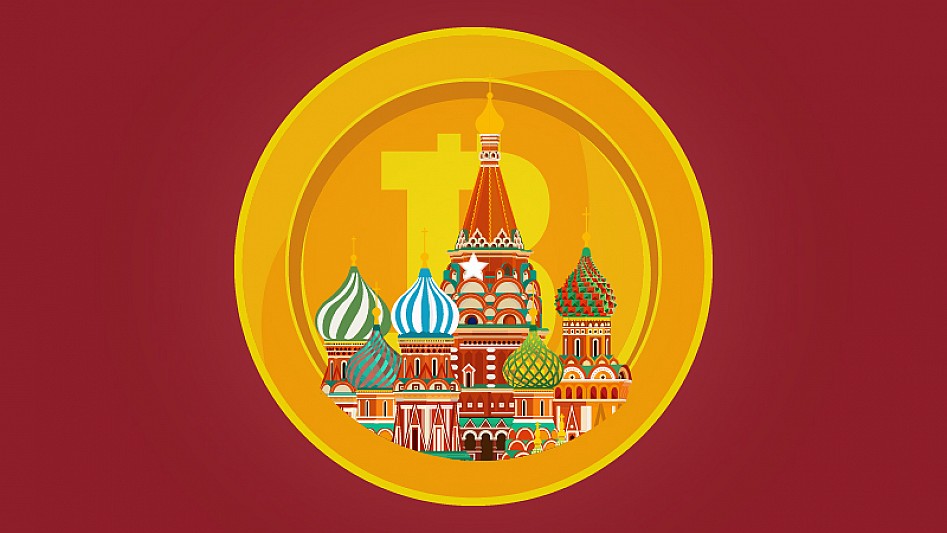Russia Targets Crypto Income with New Tax Amendments
19.11.2024 12:00 1 min. read Alexander Stefanov
Russia is advancing its approach to cryptocurrency regulation with newly proposed amendments aimed at taxation.
These changes, spearheaded by the Finance Ministry, outline specific rules for crypto mining and trading activities, emphasizing clarity and oversight in the sector.
The plan introduces a redefinition of crypto assets as taxable property, with earnings from mining assessed based on their market value when acquired. To support the mining industry, operational expenses can be deducted from taxable income, offering some relief to businesses in the sector.
Another notable aspect is the removal of value-added tax (VAT) on digital asset transactions. Meanwhile, profits from trading will face taxation comparable to that of traditional securities, capped at 15% for personal income. Mining operators will also need to provide detailed reports on user activity within their infrastructure to ensure transparency.
[reaedmore id=”142610″]The Finance Ministry highlighted that these updates are intended to balance the needs of businesses and the state, aiming for a fair and structured approach to taxing digital financial activity.
This initiative follows a series of recent efforts by the Russian government to address the growing role of cryptocurrencies. Earlier measures include limiting electricity use for unauthorized miners and proposals to tax unrealized gains, reflecting a broader strategy to bring the sector under regulatory oversight.
-
1
U.S. Lawmakers Target El Salvador With Crypto Sanctions Plan
10.07.2025 15:00 2 min. read -
2
Crypto Week Begins: U.S. Congress Advances Key Bills as Trump Pushes for Regulatory Clarity
15.07.2025 7:00 2 min. read -
3
Crypto Tax Policy in Spotlight as House Plans July 16 Hearing
10.07.2025 9:00 2 min. read -
4
Thailand Launches National Crypto Sandbox
17.07.2025 9:03 2 min. read -
5
House Clears Path for Landmark Crypto Bills: Vote Set for Thursday
17.07.2025 9:15 2 min. read
Senate Republicans Unveil Crypto Market Bill to Expand CLARITY Act
Senators Tim Scott, Cynthia Lummis, Bill Hagerty, and Bernie Moreno (R-OH) have released a discussion draft of a new digital asset market structure bill—framed as the Senate counterpart to the CLARITY Act.
Banking Trade Groups Urge OCC to Halt Digital Trust Bank Approvals
Five major banking associations are urging the Office of the Comptroller of the Currency (OCC) to delay approval of new national trust bank charters for digital asset firms, including Ripple, Fidelity Digital Assets, National Digital TR CO, and First National Digital Currency Bank.
Key Crypto Events to Watch in the Next Months
As crypto markets gain momentum heading into the second half of 2025, a series of pivotal regulatory and macroeconomic events are poised to shape sentiment, liquidity, and price action across the space.
What the GENIUS Act Means for Stablecoins, According to SEC Commissioner Hester Peirce
The signing of the GENIUS Act into law, represents a landmark step in U.S. crypto regulation, according to SEC Commissioner Hester M. Peirce.
-
1
U.S. Lawmakers Target El Salvador With Crypto Sanctions Plan
10.07.2025 15:00 2 min. read -
2
Crypto Week Begins: U.S. Congress Advances Key Bills as Trump Pushes for Regulatory Clarity
15.07.2025 7:00 2 min. read -
3
Crypto Tax Policy in Spotlight as House Plans July 16 Hearing
10.07.2025 9:00 2 min. read -
4
Thailand Launches National Crypto Sandbox
17.07.2025 9:03 2 min. read -
5
House Clears Path for Landmark Crypto Bills: Vote Set for Thursday
17.07.2025 9:15 2 min. read

